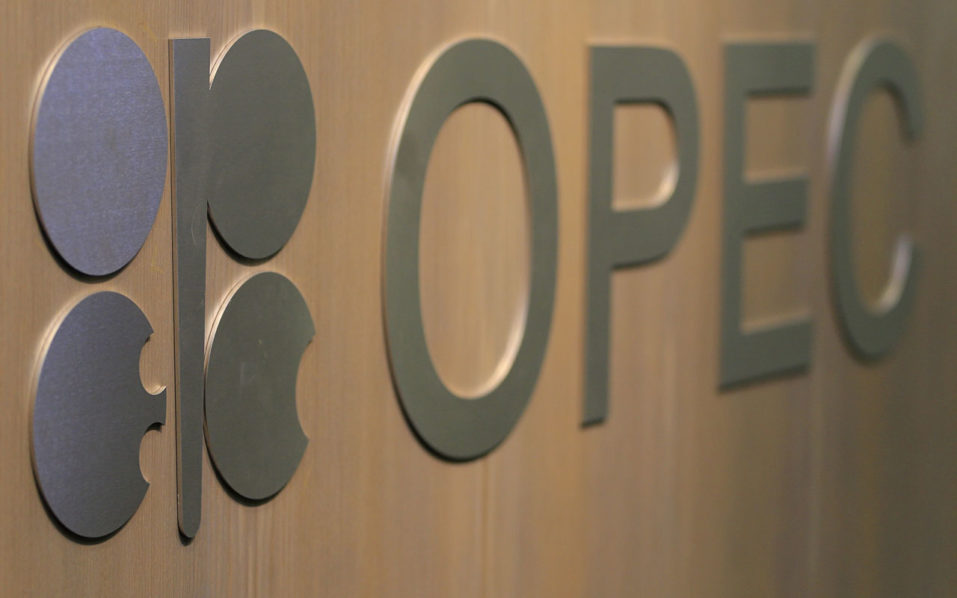- OPEC Boosts Demand Outlook for Its Oil as Fuel Use Strengthens
OPEC boosted estimates of demand for its crude this year and next amid stronger-than-expected fuel consumption and a weaker outlook for rival supply.
The Organization of Petroleum Exporting Countries raised forecasts for the amount it needs to supply in 2017 and 2018 by about 200,000 barrels a day for each year, according to a report from its secretariat in Vienna. Still, a rebound in Libyan production pushed the group’s output last month to the highest this year, undermining its plan to rebalance oversupplied world markets.
Oil prices have lost about 6 percent in London this year as production cuts by OPEC and Russia fail to clear a global glut. Yet Brent futures have stabilized above $50 a barrel this month as U.S. crude inventories diminish, signaling OPEC’s actions are finally having some impact.
The organization increased projections for global oil demand in 2017 and 2018 by about 100,000 barrels a day for each year. Consumption proved stronger than expected in developed nations during the second quarter, it said.
OPEC also lowered estimates for rival supply, by 50,000 barrels a day in 2017 and 90,000 a day in 2018, following weak output in the U.S. and Canada last quarter.
The report indicated that OPEC’s strategy to rebalance the market is having some success, with oil stockpiles in developed nations falling by 21.9 million barrels in June.
Libya, Nigeria
Still, at just over 3 billion barrels, this leaves them about 252 million above their five-year average. OPEC has said its main objective is to reduce inventories to average levels.
The plan has been complicated by a rebound in supply from Libya and Nigeria, which were exempt from last year’s agreement to cut production while they tackled domestic unrest and supply outages.
Libyan output climbed by 154,300 barrels a day to about 1 million a day in July, according to external data sources compiled by OPEC. Production from all 14 members reached 32.87 million a day.
Iraq, which has lagged behind other nations in delivering its promised cuts, showed some improvement in its adherence. The country’s output fell by 33,100 barrels a day to 4.468 million a day, still above its target.
Iraqi Oil Minister Jabbar al-Luaibi flew Wednesday to meet his Saudi counterpart Khalid Al-Falih, who has promised to increase pressure on non-compliant nations.
Saudi Absence
While OPEC uses external data — known as secondary sources — to monitor compliance with supply curbs, the report also includes production data submitted directly by member nations.
In an unusual omission, there was no direct data from Saudi Arabia for the latest month in this report. Secondary sources showed the kingdom’s output at 10.067 million barrels a day in July, slightly above its target.
Despite the production increases, the report indicated that OPEC can make more significant progress in depleting inventories during the second half of the year.
If the group’s output remains steady at 32.87 million barrels a day, it would shrink global stockpiles by about 68 million barrels.

 Naira3 weeks ago
Naira3 weeks ago
 News4 weeks ago
News4 weeks ago
 Naira4 weeks ago
Naira4 weeks ago
 Naira3 weeks ago
Naira3 weeks ago
 Jobs3 weeks ago
Jobs3 weeks ago
 Travel3 weeks ago
Travel3 weeks ago
 Naira3 weeks ago
Naira3 weeks ago
 Investment4 weeks ago
Investment4 weeks ago






























